The report delves into the causes of the different forms of exclusion and what to do about it. It aims to achieve through data and practical advice, how to prepare for egalitarian societies in the future, as there is currently a big gap that prevents a fully inclusive education.
GEM 2020 calls for “better data collection, without which we cannot understand or measure the true extent of the problem. It calls for public policies to be much more inclusive, based on examples of effective policies today, and as we have seen what governments are capable of doing when it comes to COVID-19.”
Helen Clark, Chair of the GEM Report Advisory Board states that “education systems are only as inclusive as their creators make them”. These same systems can create disadvantages when they do not prioritize people’s needs. Inclusion in education is based on taking care of each and every student, so that they feel valued, respected and have a sense of belonging.
Audrey Zoulay concludes:
It is essential to move towards more inclusive education if we are to meet the challenges of our time. Standing idly by is not an option.

The report aims to achieve to prepare for egalitarian societies in the future, as there is a large gap that prevents an inclusive education
How to achieve inclusive education now and in the future?
Including all students without exceptions not only produces improvements in academics, but also in social and emotional aspects: self-esteem and peer acceptance. Inclusion of diverse students can prevent stigmatization, stereotyping and discrimination.
All of this occurs if classrooms and schools have the resources to adapt curricula, train teachers, develop appropriate materials and make education accessible.
Inclusion cannot be achieved if it is seen as an inconvenience or if people are convinced that the ability levels of learners are fixed. Education systems must respond to the needs of all learners and it is key to view the diversity of the student body as an opportunity, not a problem: “All without exception: the diversity of learners is a strength to be celebrated”.
SDG 4 is committed to achieving “inclusive, equitable and quality education” and “lifelong learning opportunities for all”. The GEM 2020 report gives 10 recommendations that take into account the barriers, the extent of inclusion and the world’s ability to achieve the 2030 goals on schedule.
Including all students without exceptions produces improvements in academics, social and emotional areas

1. Improving understanding of inclusive education.
According to the report, while 68% of countries have a definition of inclusive education in their laws, policies and practices, only 57% of definitions cover multiple marginalized groups. In 26% of countries, the definition of inclusive education only pertains to people with disabilities or special needs. But it is not a question of creating a “ministry of inclusive education”, but of not discriminating or rejecting anyone. All interventions must be consistent from early childhood to adulthood to facilitate lifelong learning.
2. Target funding to those who are left behind.
There is no inclusion as long as millions of people do not have access to education. It will be necessary to apply general funding to provide the opportunity for an inclusive learning environment for all, as well as targeted funding to be able to follow up on those furthest behind as early as possible.
3. Sharing expertise and resources: it is the only way to sustain a transition to inclusion.
The laws of 25% of countries (but more than 40% in Asia and Latin America) provide for the education of students with disabilities in separate settings, 10% in integrated settings and 17% in inclusive settings, while the rest opt for combinations of segregation and integration.
As the report states, achieving inclusion is a management problem. Mechanisms and incentives are needed to ensure that mainstream schools and non-formal education settings are supported by specialized skills.
4. Engage in meaningful consultation with communities and parents: inclusion cannot be imposed from above.
The school’s role here is key, as it should prioritize interaction within and outside the school walls in the implementation of school practices (parent associations, for example); everyone’s opinion should count.
5. Achieving cooperation between governments.
Those responsible for ensuring inclusive education must collaborate with each other, exchange information and develop programs. In addition, central governments must provide human and financial support to the different local governments to ensure that they are responsible for fulfilling inclusive education mandates.
6. Give voice to non-governmental actors to respond to the gaps: they should also make sure that their objective is the same.
The government should engage in dialogue with NGOs to ensure that the provision of education services results in inclusion, meets standards and conforms to national policy, and does not duplicate services or compete for limited funds. In addition, the government should allow NGOs to monitor compliance with government commitments and be able to advocate for those excluded from education.
7. Apply universal design: ensuring that inclusive systems enable each learner’s potential to be realized.
All students should learn with the same curriculum; a curriculum that is flexible, accessible, and that recognizes diversity and responds to the needs of all. In addition, there should be formative assessment and students should have the space to demonstrate learning in a variety of ways. School infrastructure should not exclude anyone, and here it is important to take advantage of the enormous potential that technology provides.
8. Prepare, empower and motivate the education workforce: all teachers must be prepared to teach all students.
Teachers need to be trained in inclusion. According to the GEM report, 25% of teachers in 48 middle- and high-income countries indicated that professional development was essential for them to be able to teach students with special needs. Inclusion should not be treated as a separate issue but as an indispensable and basic element of teacher training.
9. Collect data on and for inclusion with care and respect: avoid stigmatizing labeling.
Data should be collected for planning and budgeting inclusive education, as well as data on the experience of inclusion. It should be noted that wanting detailed data should not disadvantage any student. Portugal now has legislation on a categorical method for determining special needs.
10. Learning from peers: the shift to inclusion is not easy.
We must work to build a collaborative world, where sharing experiences among teachers is a reality, whether through networks, national forums or regional and global platforms.
*This article is based on the GEM 2020 report, available at here.
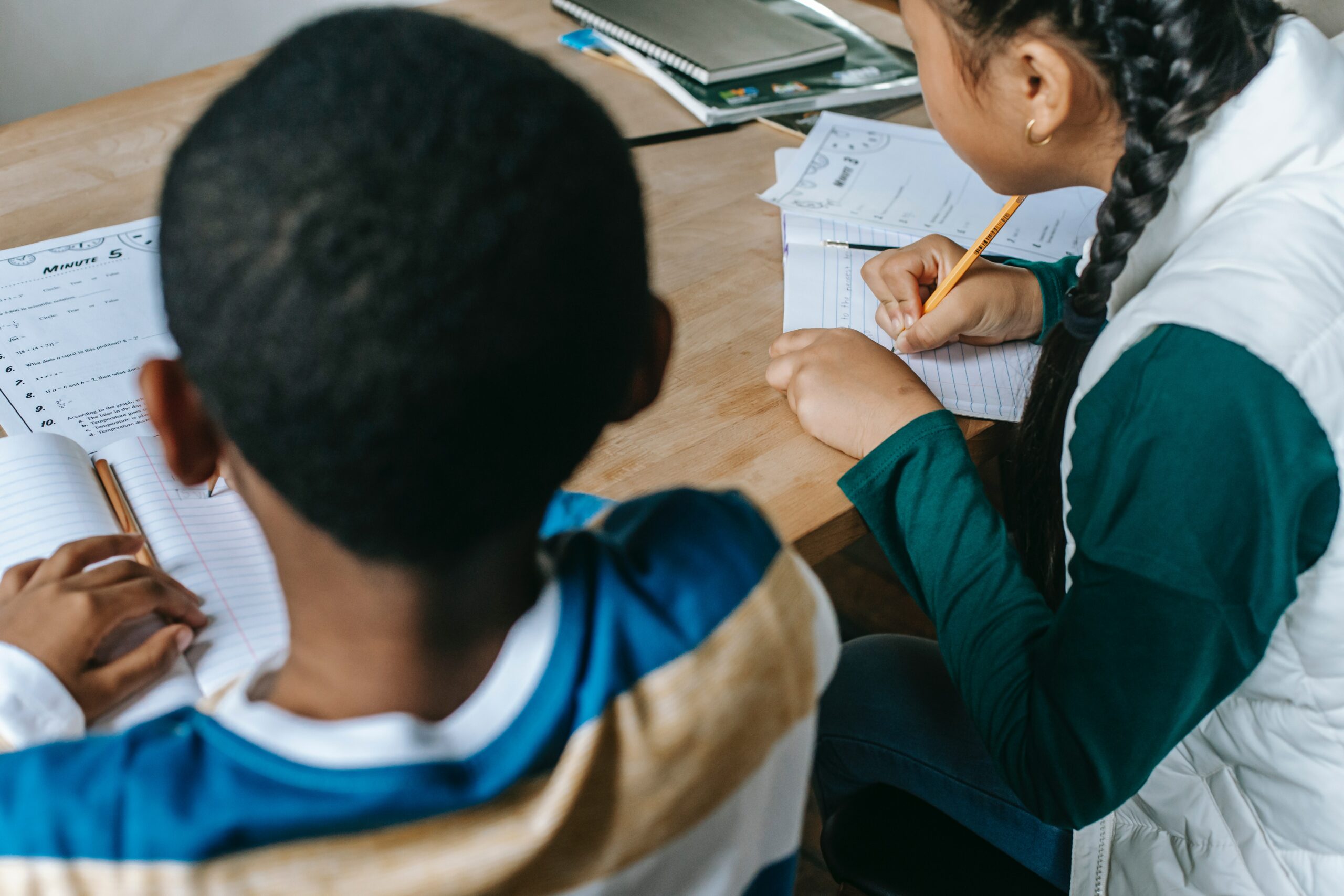
We must work to build a collaborative world, where the exchange of experiences among teachers is a reality
The Global Education 2021 Non-State Actors is currently being launched; it is a working document that examines the extent to which SDG 4 recognizes the role of non-state actors in achieving the global education goals; discusses some of the key issues in the global debate on non-state actors; proposes a framework for the 2021 Report; and raises some of the main issues to be addressed.
You might also like

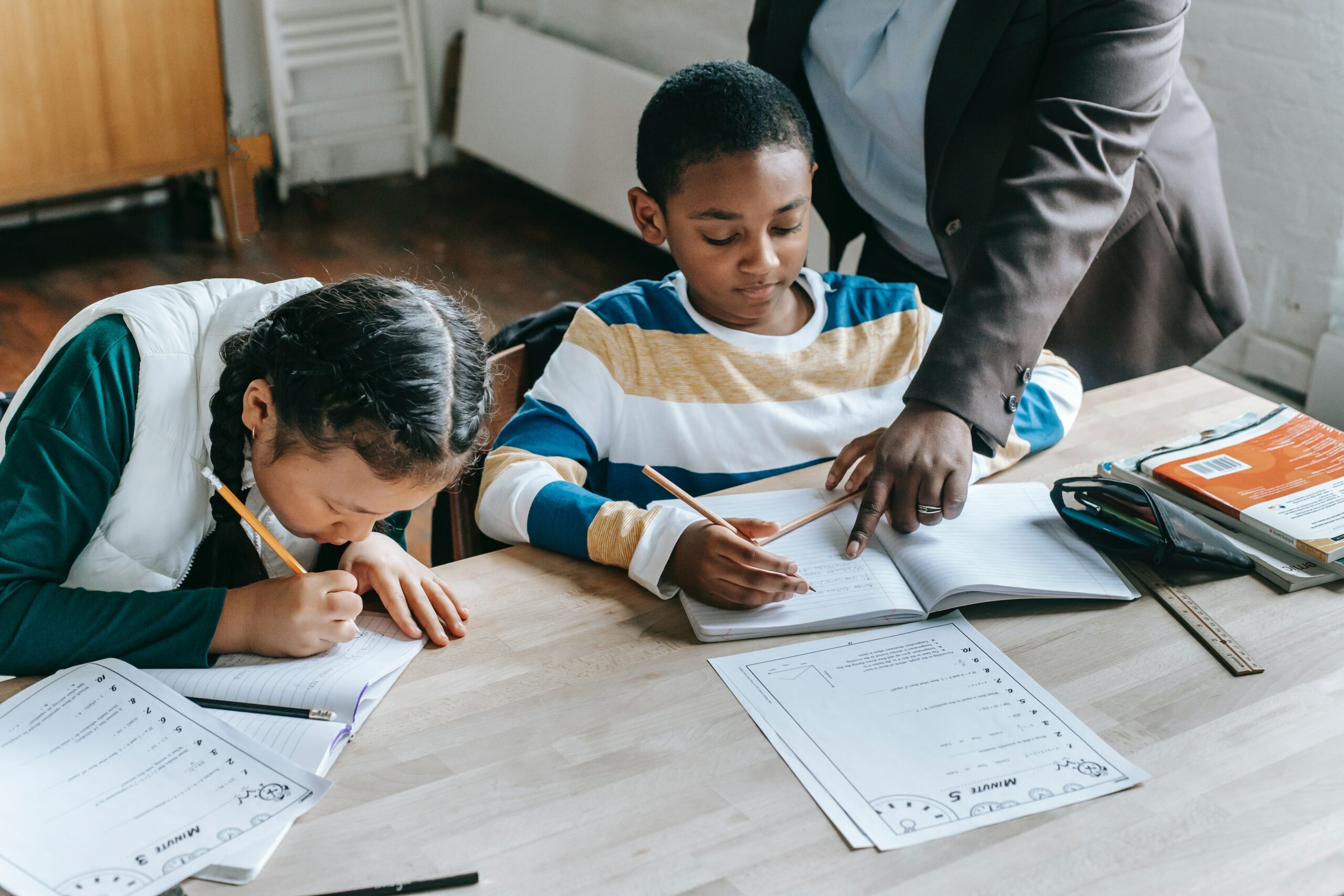

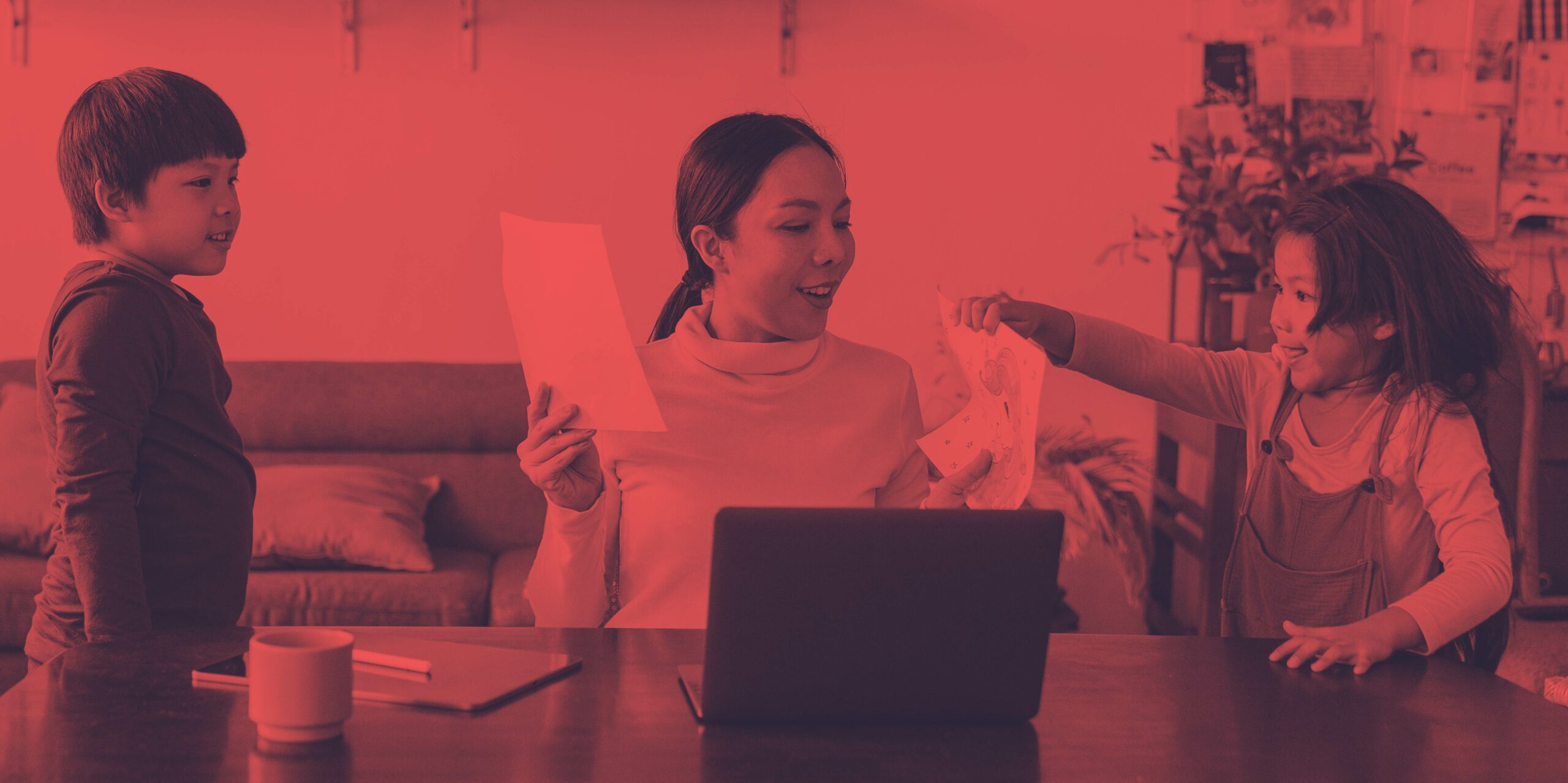
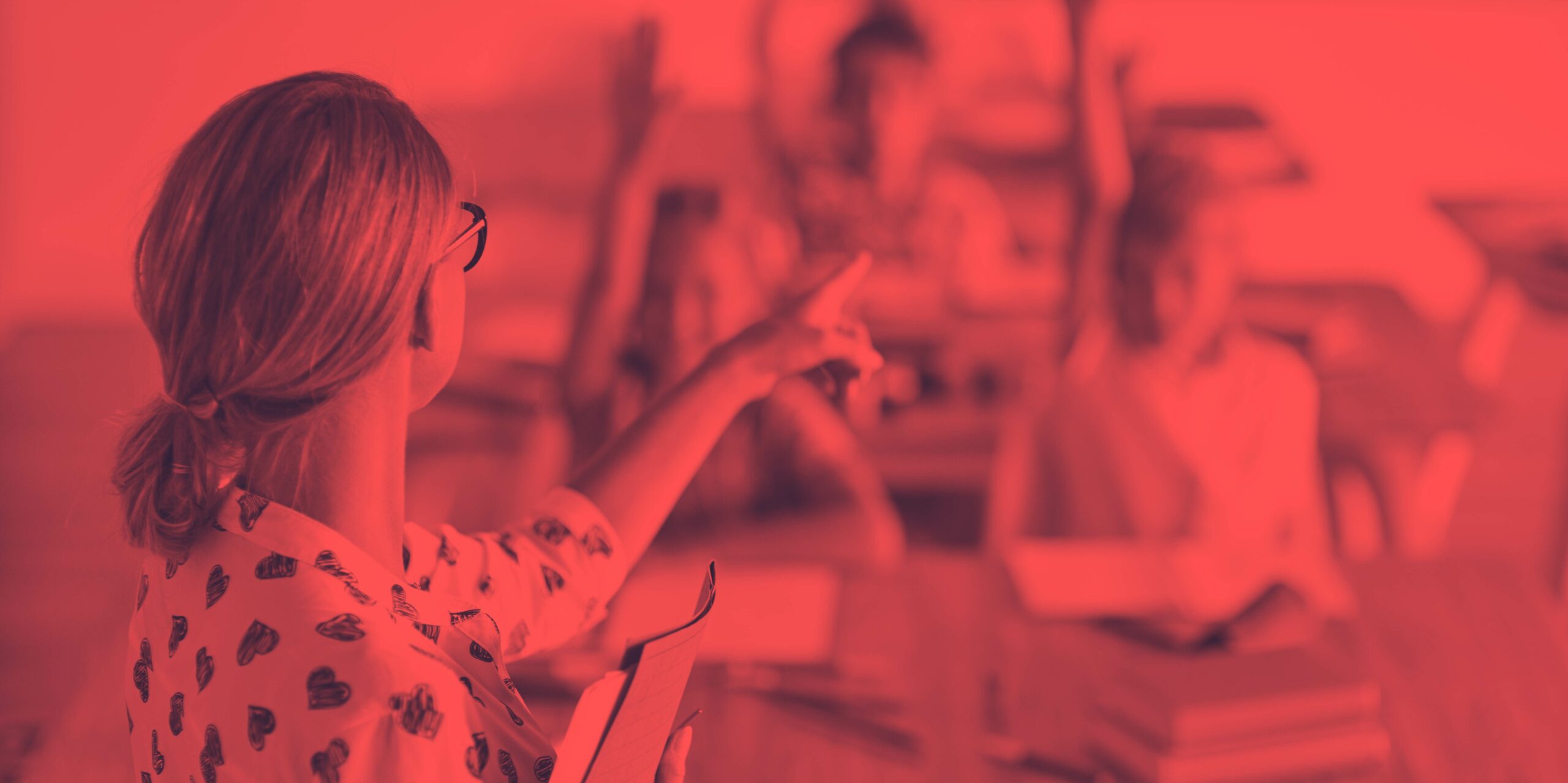

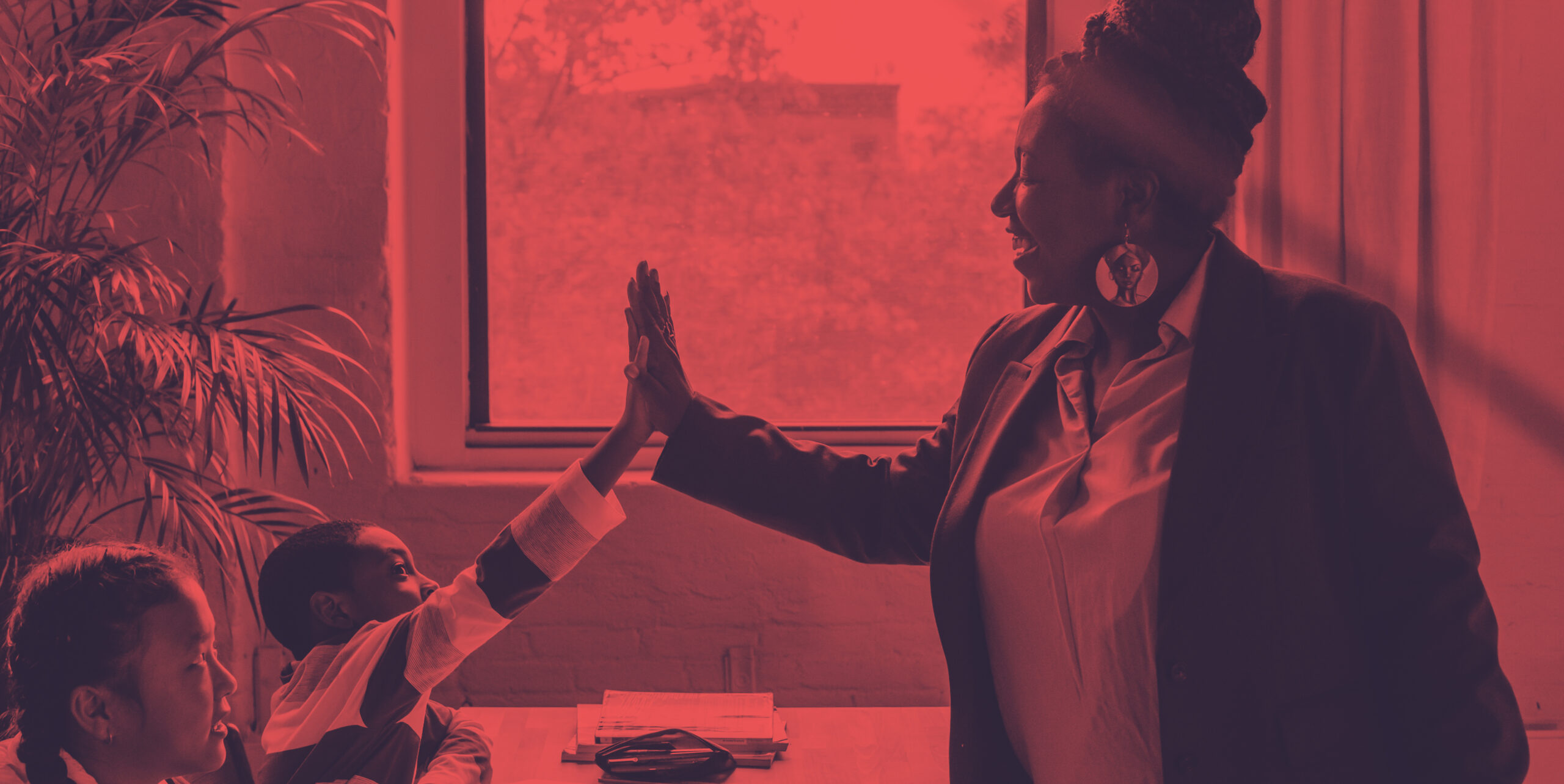



Leave A Comment